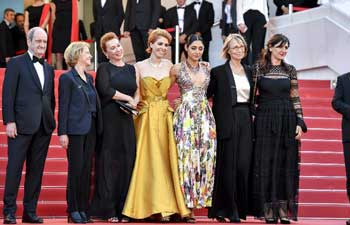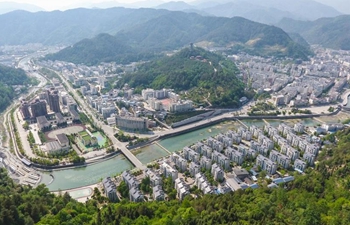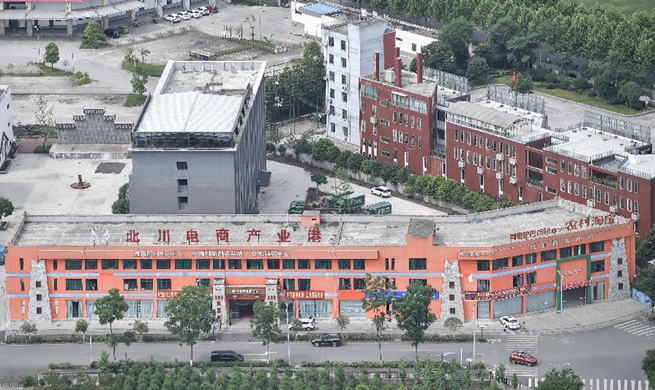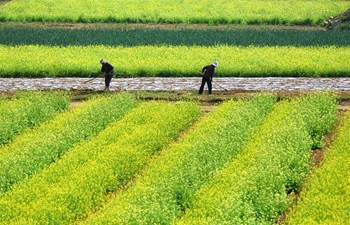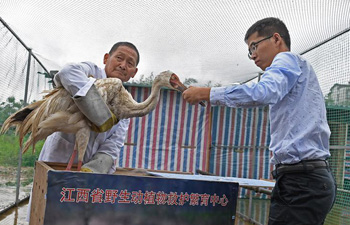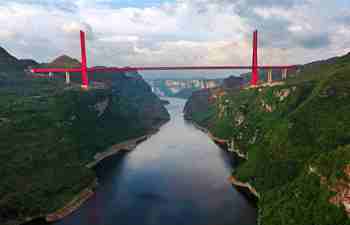LANZHOU, May 13 (Xinhua) -- Chinese researchers are digitalizing ancient Tibetan manuscripts that were taken overseas from the famed Mogao Grottoes a century ago, amid efforts to study and preserve the distinctive Tibetan culture.
Launched by Northwest Minzu University in Gansu Province in 2013, the digitalization program has converted 11 volumes of photocopied ancient Tibetan literature into electronic files, with a database being built.
The photocopied manuscripts were purchased by the university from libraries in Britain and France where the original documents are housed.
The university has compiled and published 31 volumes from the photocopies of ancient Tibetan literature since 2005, and the figure will increase to 45 in the following two to three years. They will be gradually be digitalized and put on the database.
The Dunhuang manuscripts were discovered in the Mogao Grottos in Gansu in 1900. There are more than 60,000 of them, featuring history, politics, religion and folk customs.
Dating from the 4th to 11th centuries, the majority are in Chinese, but some are represented in other ethnic languages such as Tibetan. In the early 20th century, however, a large number of Dunhuang manuscripts were taken to foreign countries such as France, Britain and Russia.
"Among the Dunhuang literature, over 10,000 pieces were written in the ancient Tibetan language." said Tsering, a professor with the university's institute of overseas ethnic literature. "These documents cover history, ethics, law, translated works, Buddhist texts and others. They offer important material for researchers to study the society, economy and multi-ethnic cultural exchange in Dunhuang at the time."
It may take a longer time for researchers to complete the digitalization work, owing to the complex content and unclear handwriting of the documents.
The Mogao Grottoes, a UNESCO World Heritage Site, feature a huge collection of Buddhist art, including more than 2,000 colored sculptures and 45,000 square meters of frescoes spread over 735 caves.




